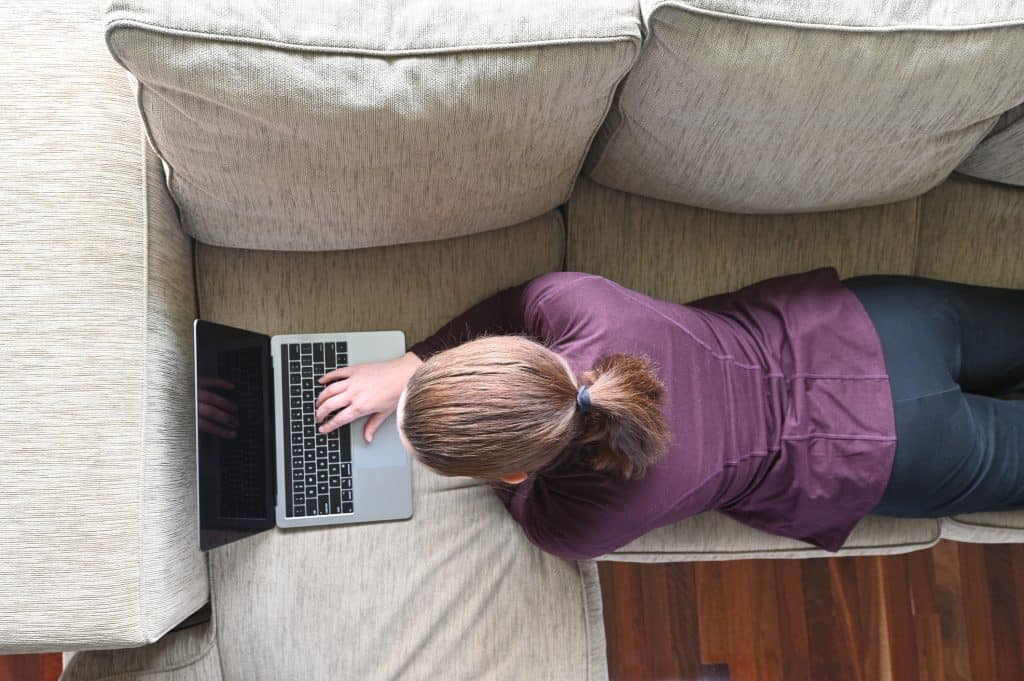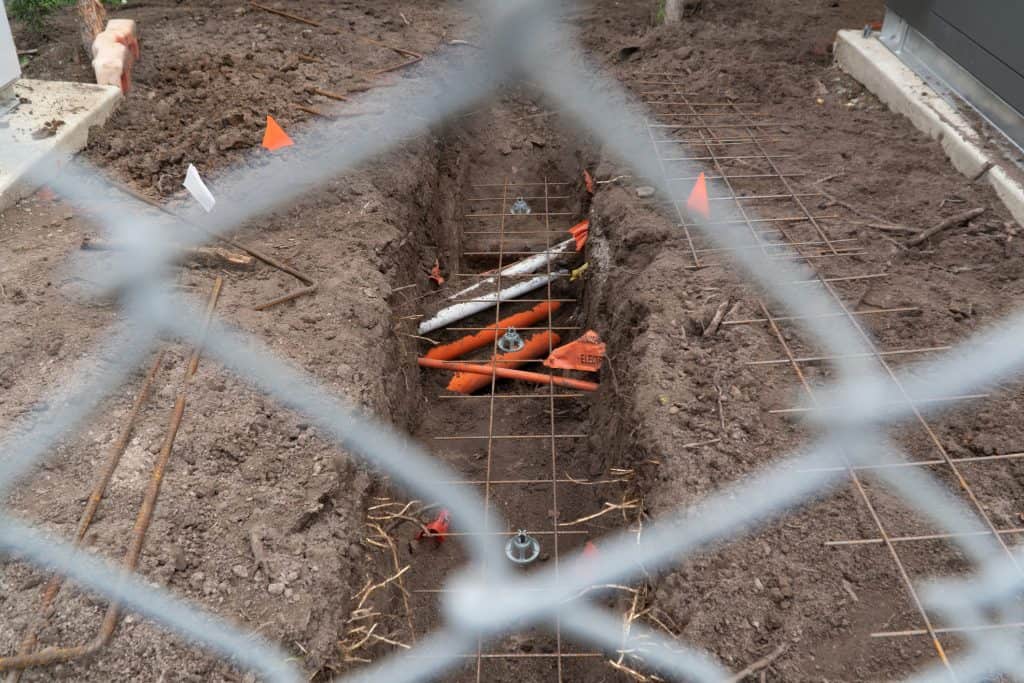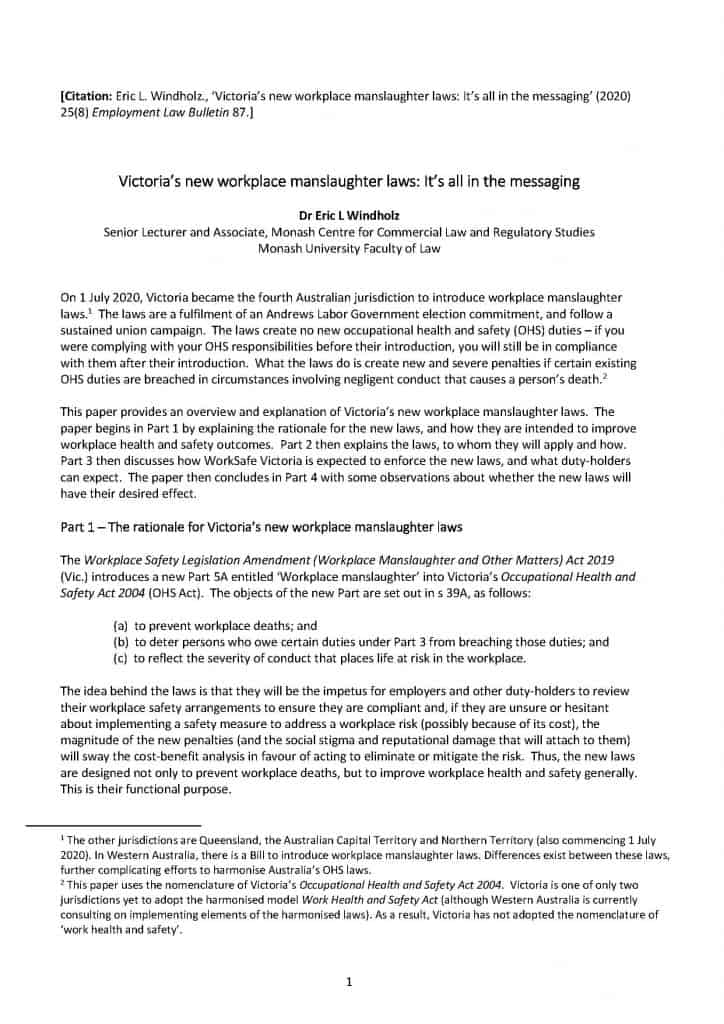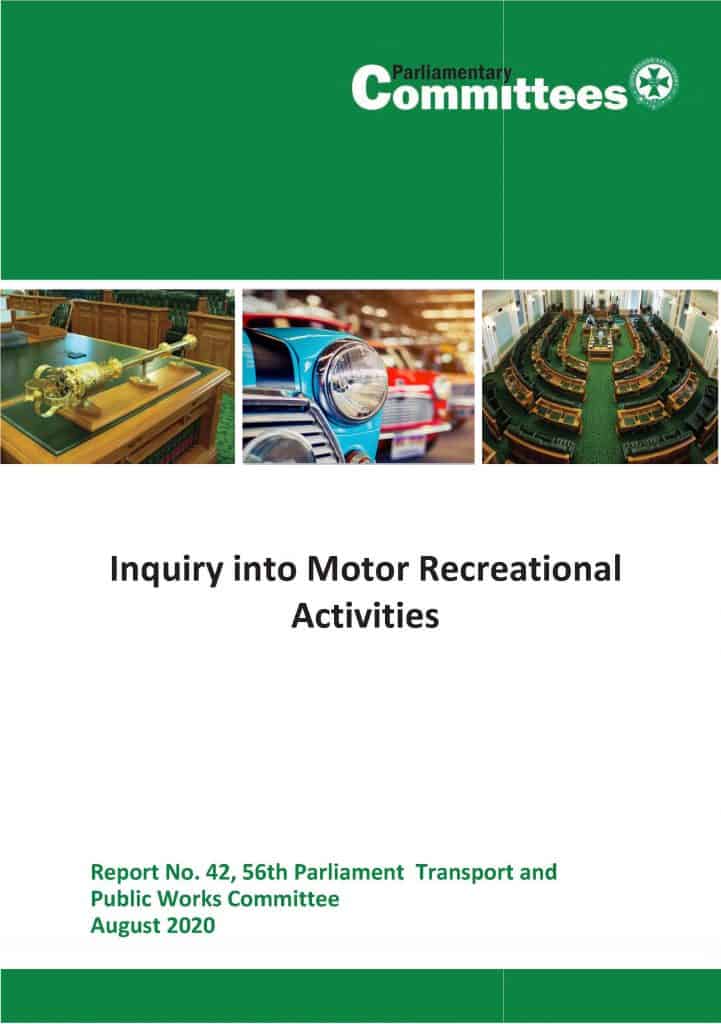
Recently the Australian Institute of Health and Safety (AIHS) conducted an online conference under the title SafeFest. The intention was to challenge the established orthodoxy of workplace health and safety. One of the conference’s first speakers was David Whitefield talking about safety as a “wicked problem”. It is a perspective that occupational health and safety (OHS) professionals have heard before but it is one that is an important reminder.






